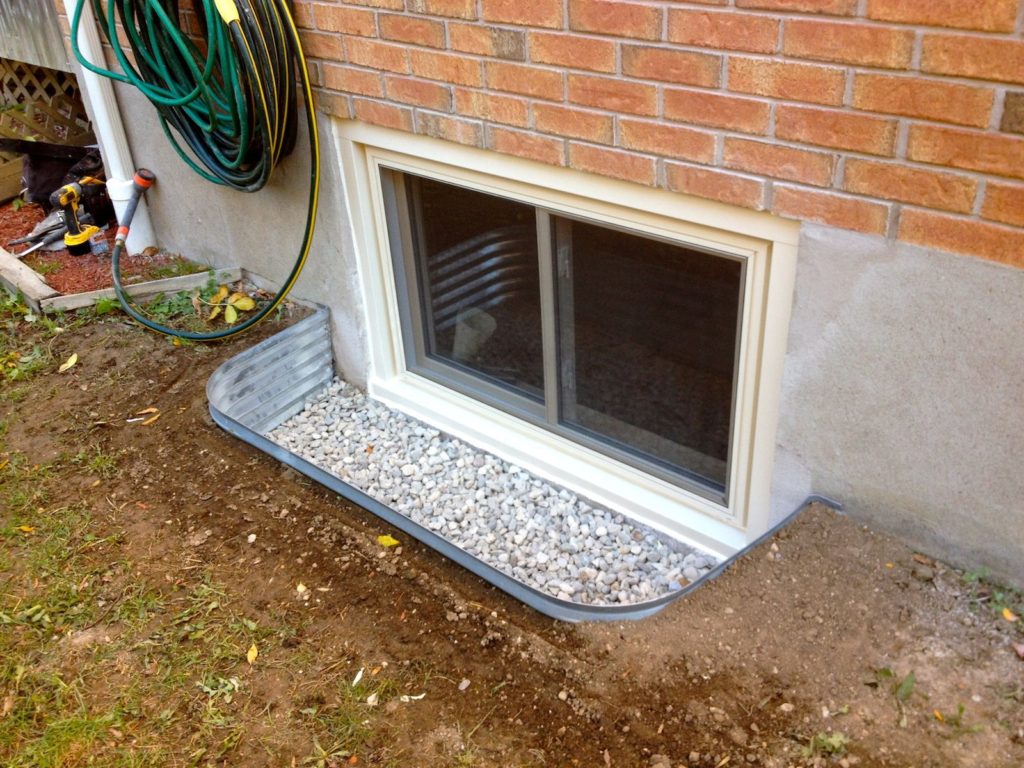As the temperatures grow cooler and summer slowly gives way to autumn, prepare your basement for the changing seasons. Basements tend to be cold and damp spaces in the home. So this season avoid high energy bills, repairs, and damp winter air by taking a few necessary precautions.
Seal Windows and Doors

Prepare your basement for the cold by first checking all the windows and doors for cracks and holes. Replace old, cracked weatherstripping around the windows and caulk any holes and cracks you find. If the budget allows, update old and drafty windows and doors. Damp winter air leads to poor air quality in the basement and can damage existing materials. Another way to prevent damp and flooded basements this winter is to check your gutters and drains. If you do not have gutters, fall is a good opportunity to install some. Check to be sure the drains and gutters lead away from the foundation and basement.
Check the Outside Foundation
In addition to checking windows and doors, walk around the outside perimeter of the basement and check for holes and cracks in the walls and foundation. Winter is an excellent time for mold and mildew to fester. So prepare your basement by repairing any cracks and holes to ensure the space remains warm and dry.
Unfinished Basements
Unfinished basements are prone to condensation and dampness due to the lack of insulation. Cement bricks are porous, which allows cold air and moisture to seep in. Sealing the exterior mudsill and insulating the joist bays with extruded polystyrene (XPS) foam insulation panels can help you prepare your basement for the winter months. If you are comfortable with DIY projects, there are many blogs and videos available online with step-by-step instructions, or contact your local hardware store for additional help and information on supplies.
Circulate Air
Use a fan to circulate air throughout your basement during the remaining warm days and weeks. This helps reduce humidity and also stores warmth for the coming cold months.

